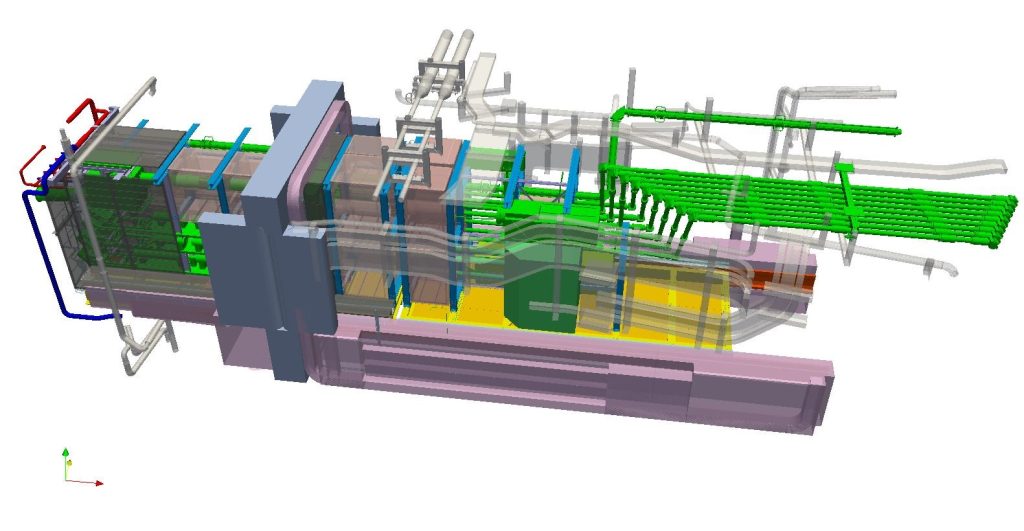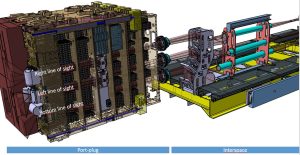CEA has successfully passed the Preliminary Design Review of the port plug part of the equatorial ITER Wide Angle Viewing System.
The equatorial visible/infrared Wide Angle Viewing System (WAVS), is one of the key diagnostic in ITER devoted to machine protection, plasma control and physic analysis.
Located in four equatorial ports of the machine (3, 9, 12 & 17), fifteen lines of sight, operating in visible and infrared wavelengths, will monitor the surface temperature of the main in-vessel components. The diagnostic of port#12 must be operational for the first plasma of ITER.
WAVS diagnostic is being developed by a consortium of Spanish (CIEMAT) and French (Bertin Technologies) partners, under CEA/IRFM leadership and in close collaboration with the ITER diagnostic team. This work is conducted under a contract with Fusion for Energy (F4E).

Following the signature of the Procurement Arrangement between F4E and ITER Organization, in September 2019, CEA has passed the Preliminary Design Review (PDR) of the port-plug components in front of a panel of international experts. The review was focused on the three lines of sight of port#12, in the vacuum chamber of the tokamak. Their design is performed by CEA/IRFM with the support of the Reactor Studies Department of the Nuclear Energy Division for neutronic calculations.
WAVS is the second diagnostic managed by F4E reaching the PDR after the magnetic diagnostic but the first one based on opto-mecanical components.
Further studies will now go on until the final design review in 2021. Then will come the manufacturing with a delivery in 2023 to the Chinese Domestic Agency, in charge of the integration of port#12. In parallel, from 2021, the design of the other lines of sight in ports 3, 9 and 17 will start with a delivery and integration scheduled up to 2028.



